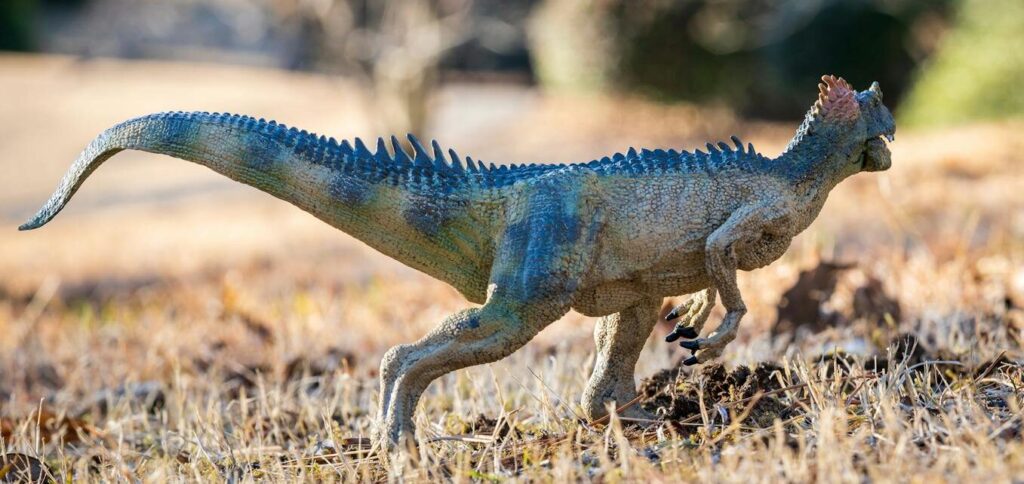How Dinosaurs Used Their Tails Balance or Defense
Dinosaurs, those magnificent beasts that ruled Earth for over 165 million years, possessed anatomical features that continue to fascinate scientists and the public alike. Among their most distinctive characteristics were their tails—appendages that served multiple crucial functions throughout their evolutionary history. While popular culture often depicts dinosaur tails simply dragging behind these ancient creatures, paleontological ...













